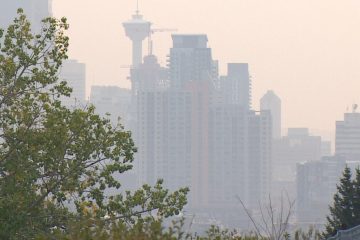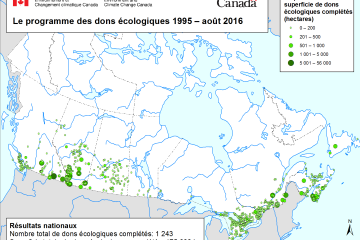Greenland’s Role in Climate Change and Its Global Impact

Introduction
Greenland, the world’s largest island, is a territory of Denmark, rich in natural beauty and resources. Its vast ice sheets and glaciers are crucial indicators of climate change, making Greenland a focal point for scientists and policymakers alike. Understanding the dynamics of this region is essential, as it has the potential to influence global sea levels and climate patterns significantly.
The Changing Landscape of Greenland
Recently, reports from the National Snow and Ice Data Center indicate that Greenland’s ice sheet is melting at an alarming rate. Studies show that, during the summer of 2023 alone, the ice sheet lost approximately 8.5 billion tons of ice a day, a concerning increase compared to previous years. This rapid melting contributes to rising sea levels, which threaten coastal communities around the world.
In addition, the warming temperatures have led to changes in the ecosystem of Greenland. Species previously adapted to cold climates are now facing challenges due to the rising temperatures. The Greenlandic fishing industry, a crucial part of the local economy, is also impacted as fish migrate to cooler waters, altering traditional fishing grounds and practices.
Economic Implications
Despite the dire environmental status, Greenland is seeing an uptick in interest from mining companies and foreign investments due to its rich mineral resources. The potential for rare earth elements and other minerals has attracted attention, leading to debates over the economic benefits versus the environmental risks of such extraction activities. As the world shifts towards renewable energy solutions, Greenland’s minerals may become integral in supporting global energy transitions.
Political Relevance
Greenland’s geopolitical significance has also risen in light of changing climate patterns and resource availability. The U.S. and China have shown growing interest in the region for military and economic strategies. In recent years, discussions around sovereignty and independence have gained traction among Greenlandic citizens. They argue for greater autonomy to ensure that their lands are protected and that they can control the revenue generated from their natural resources.
Conclusion
As climate change continues to shape the future of our planet, Greenland stands at the forefront, symbolizing both the vulnerabilities and the resilience needed to address global challenges. The melting ice sheets are not just a local issue but a global call to action that underscores the importance of sustainable practices and international cooperation in climate change mitigation.
As we look to the future, the choices made in Greenland will have far-reaching consequences for sea levels and weather patterns worldwide. Understanding and supporting the delicate balance between economic development and environmental preservation in Greenland is essential for shaping a sustainable future for all.









